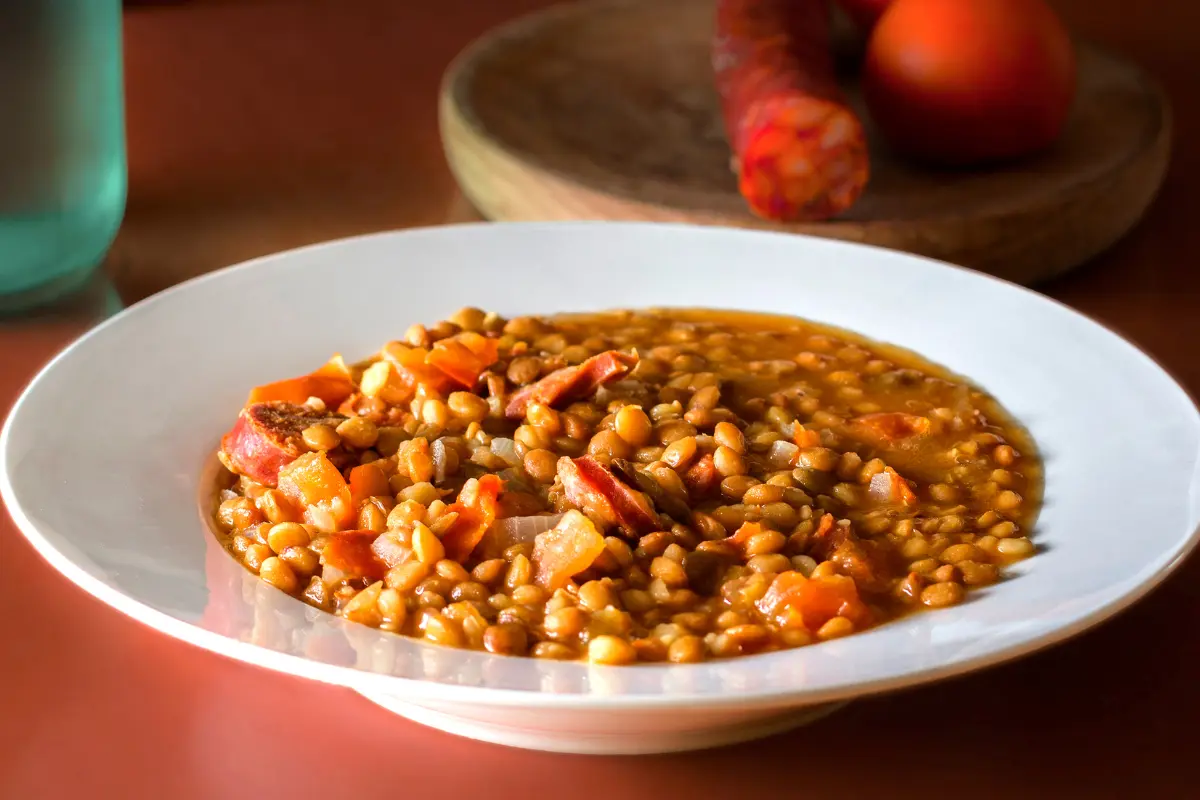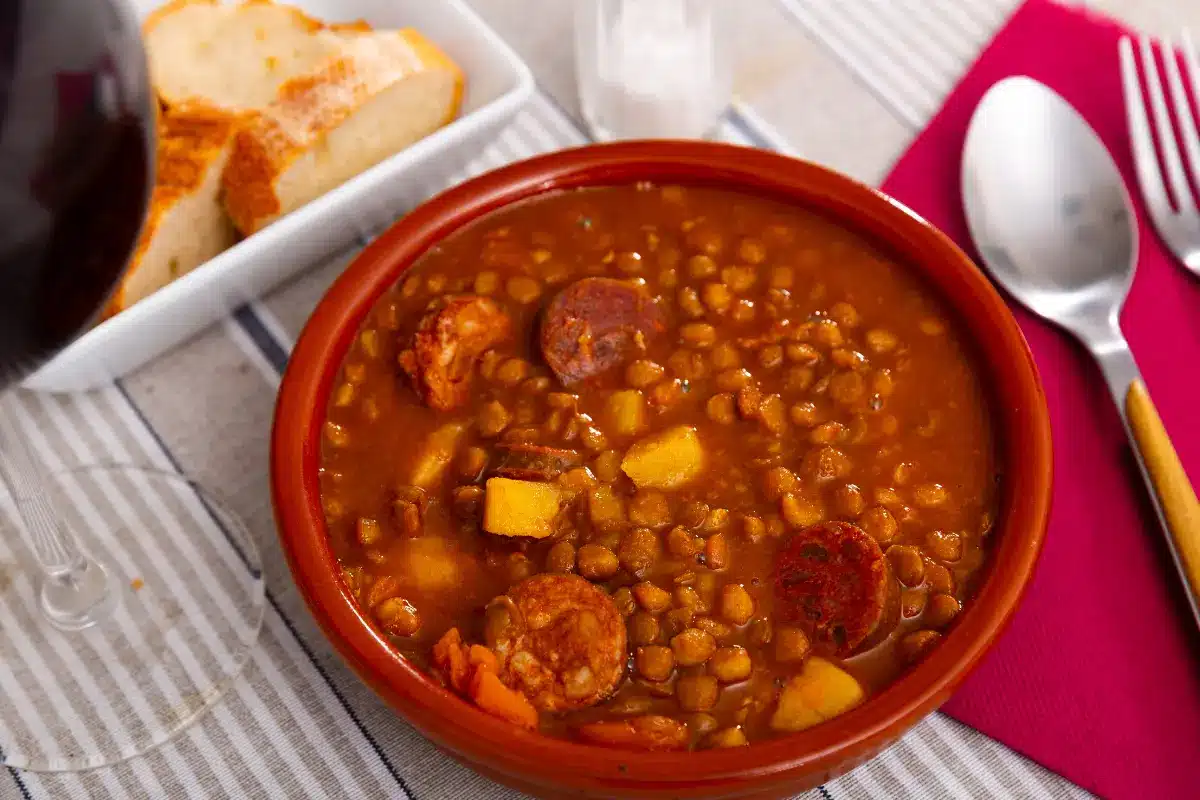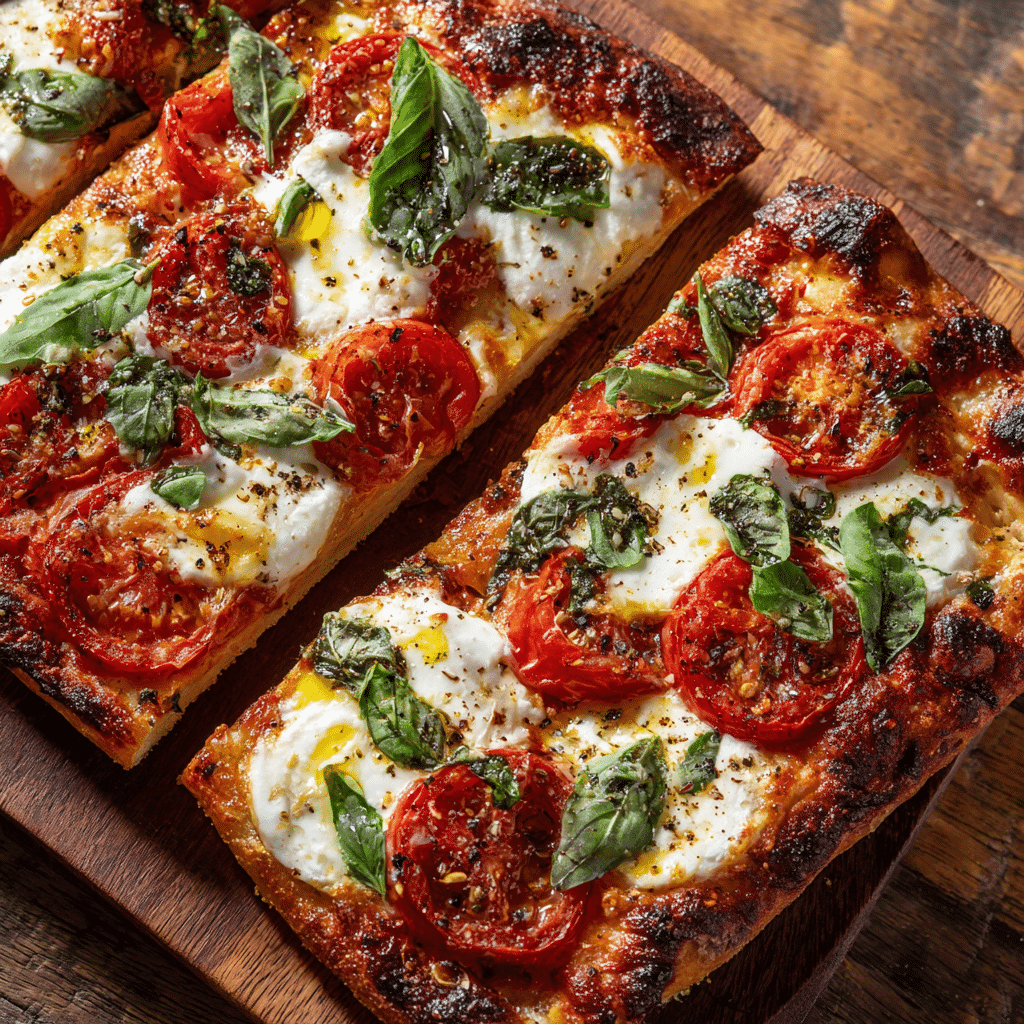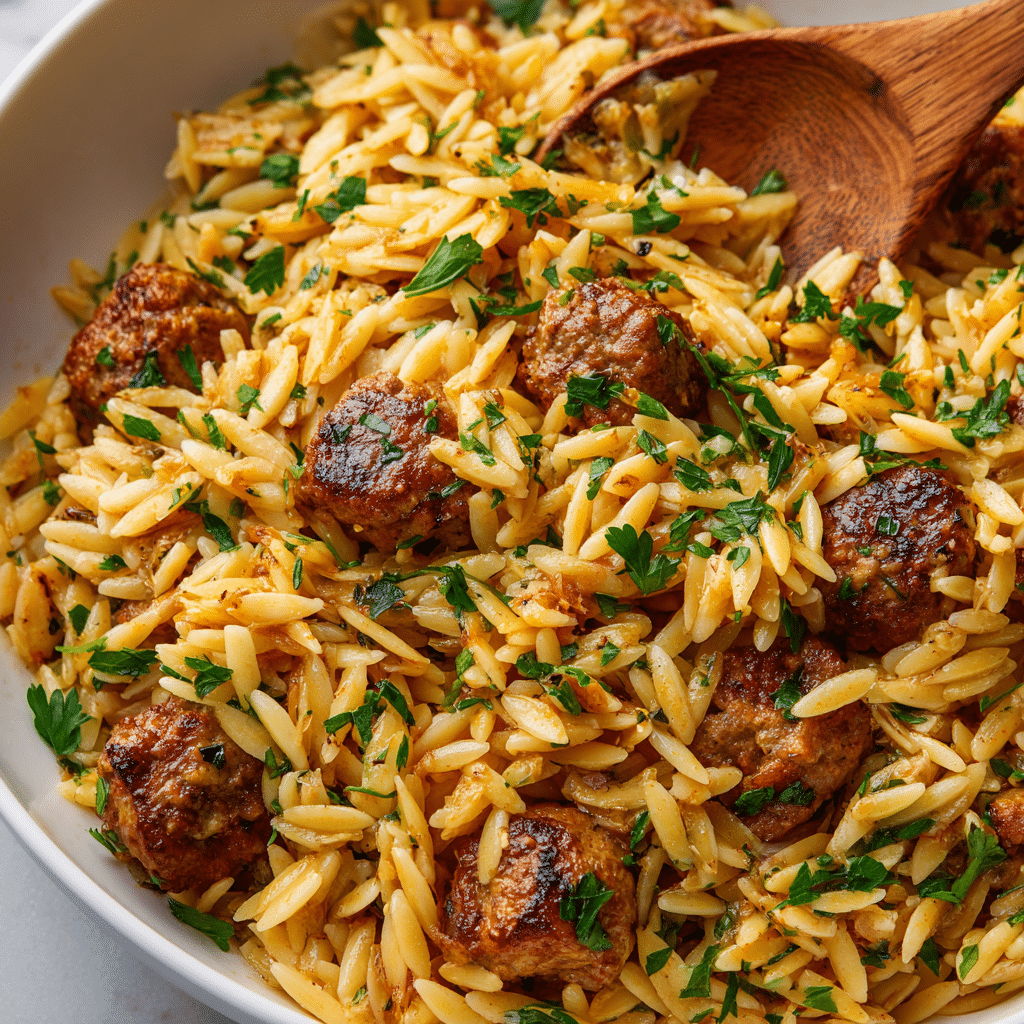Embarking on a culinary journey with lentejas (lentils) is like unlocking a treasure chest of flavors, nutrition, and cultural heritage. This humble legume, a staple in kitchens around the globe, offers a canvas for a myriad of ingredients, transforming into dishes that comfort, nourish, and delight. From the sun-drenched fields of Spain to the bustling markets of Latin America, lentils have woven their way into the fabric of various cuisines, each recipe telling its own story. In this comprehensive guide, we’ll explore the essential lentejas ingredients, dive into the art of cooking these nutritious gems, and discover the variations that make each bowl of lentils uniquely satisfying. So, let’s get started and unravel the secrets of crafting the perfect bowl of lentejas.
The World of Lentejas: A Culinary Journey
Lentils, or lentejas as they’re affectionately known in Spanish-speaking countries, are not just food; they’re a cultural phenomenon. Packed with protein, fiber, and essential nutrients, these legumes are a cornerstone of vegetarian diets and a beloved ingredient in hearty meals worldwide.
What Are Lentejas?
Lentils are small, lens-shaped legumes that come in various colors and sizes. Each type offers a unique flavor and texture, making lentils incredibly versatile in cooking. From the robust Puy lentils to the tender red lentils, there’s a variety for every dish and palate.
Historical Significance and Cultural Variations
The history of lentils stretches back thousands of years, making them one of the oldest cultivated legumes. Their journey from the ancient fields of the Middle East to the modern kitchens around the world is a testament to their enduring appeal. In Spain, lentejas are traditionally simmered with chorizo and vegetables, while in India, they transform into the creamy dal. Each recipe reflects the local flavors and culinary traditions, showcasing the global love affair with lentils.
Nutritional Benefits of Lentejas
Lentils are a powerhouse of nutrition. They’re rich in protein, making them an excellent meat alternative for vegetarians and vegans. Lentils also boast high fiber content, essential for digestive health, and are packed with vitamins and minerals like iron, folate, and magnesium. Incorporating lentils into your diet is not just a treat for your taste buds but a boon for your health.
By exploring the world of lentejas, we embark on a culinary adventure that spans continents and centuries. These little legumes hold the power to nourish, satisfy, and inspire. So, let’s dive deeper into the art of cooking with lentils and discover how to bring the rich tapestry of lentejas flavors to our own kitchens.
Essential Ingredients for Cooking Lentejas
Crafting the Perfect Bowl of Lentejas
Creating a mouthwatering bowl of lentejas starts with gathering the right ingredients. While lentils are the star of the show, the supporting cast of aromatics, liquids, and seasonings play crucial roles in bringing the dish to life. Here’s a rundown of what you’ll need to craft that perfect bowl.
Core Ingredients Overview
At the heart of every lentejas dish are the lentils themselves, accompanied by a blend of vegetables and liquids that infuse the lentils with depth and flavor.
- Types of Lentils Used in Lentejas
- Brown lentils: Versatile and hold their shape well
- Green lentils (Puy lentils): Slightly peppery, ideal for salads and side dishes
- Red lentils: Break down easily, perfect for soups and stews
- Aromatic Vegetables: The Flavor Base
- Onion: 1, finely chopped
- Garlic: 2 cloves, minced
- Carrots: 2, diced
- Celery: 2 stalks, diced
- Liquids: Water vs. Broth
- Water: 4 cups (or as needed)
- Vegetable or chicken broth: 4 cups (for added flavor)
Seasonings and Spices
The right blend of seasonings and spices can elevate your lentejas from good to unforgettable.
- Traditional vs. Contemporary Spices
- Salt and black pepper: To taste
- Paprika: 1 tsp (for a smoky flavor)
- Cumin: ½ tsp (adds depth)
- Bay leaves: 2 (for an aromatic touch)
Optional Add-ins and Variations
To tailor your lentejas to your taste or make the most of what you have on hand, consider these optional add-ins.
- Meat and Vegan Protein Options
- Chorizo: 100g, sliced (omit for a vegetarian version)
- Smoked paprika: 1 tsp (as a vegan-friendly alternative to chorizo)
- Greens and Other Vegetables
- Spinach: A handful, chopped (for a pop of color and nutrition)
- Potatoes: 2, diced (for heartiness)
With these ingredients at your fingertips, you’re well on your way to cooking a comforting, nutritious bowl of lentejas. Remember, the beauty of this dish lies in its versatility. Feel free to experiment with the ingredients and proportions to suit your palate and dietary preferences. Whether you’re aiming for a traditional rendition or a contemporary twist, the key is to balance the flavors and textures to create a harmonious dish that warms the soul.
Step-by-Step Cooking Guide
Mastering the Art of Lentejas
With your ingredients ready, it’s time to dive into the cooking process. Cooking lentejas is a labor of love, but it’s surprisingly straightforward. Follow these steps to create a dish that’s bursting with flavor and comfort.
Preparing the Ingredients
A little prep work goes a long way in making the cooking process smooth and enjoyable.
- Sorting and Rinsing Lentils
- Begin by sorting through the lentils to remove any debris or stones. Rinse them under cold water to clean off any dust or dirt. This step ensures your lentejas are clean and pleasant to eat.
- Chopping Vegetables
- Chop your onions, garlic, carrots, and celery into uniform pieces. This not only helps them cook evenly but also ensures each spoonful of your lentejas is perfectly balanced in flavor.
Cooking Process
Now, let’s get cooking! The process is as simple as it is rewarding.
- Sautéing the Aromatics
- Heat a large pot over medium heat and add a splash of olive oil. Toss in the chopped onions, garlic, carrots, and celery. Sauté until they’re soft and fragrant, setting the stage for a flavorful base.
- Simmering the Lentils
- Add the rinsed lentils to the pot along with your choice of liquid (water or broth). Throw in the bay leaves, paprika, cumin, salt, and pepper. Bring the mixture to a boil, then reduce the heat to low. Let it simmer uncovered, stirring occasionally, until the lentils are tender. This usually takes about 25-30 minutes, but the exact time can vary depending on the type of lentils you’re using.
Finishing Touches
The final steps are all about adjusting the flavors and textures to your liking.
- Adjusting Seasonings
- Taste your lentejas and adjust the seasonings as needed. Don’t be shy with the salt and pepper; they’re key to bringing out the rich flavors of the lentils and vegetables.
- : Serving Suggestions
- Once your lentils are perfectly cooked and seasoned, it’s time to serve. Lentejas are incredibly versatile – enjoy them as a hearty stew on their own, or serve alongside rice or crusty bread for a more filling meal. For a refreshing contrast, pair with a simple green salad.
Cooking lentejas is more than just preparing a meal; it’s an act of bringing warmth and nutrition to your table. Whether you’re cooking for one or feeding a crowd, this step-by-step guide will help you achieve a delicious result every time. Remember, the best dishes are made with love, so pour your heart into your cooking and enjoy the process. Your perfect bowl of lentejas awaits!
Lentejas Variations and Serving Ideas
Exploring Lentejas Variations
One of the joys of cooking lentejas is the endless variety it offers. Across different cultures, lentils are adapted to fit local tastes, available ingredients, and culinary traditions. Let’s explore some of these variations and how you can serve them to keep your meals exciting and diverse.
Regional Variations
Lentils are a global staple, and each region has its unique take on this versatile dish.
- Spanish Lentejas
- In Spain, lentejas are often cooked with pieces of chorizo and sometimes even pork ribs, offering a smoky depth to the dish. Remember, for a vegetarian version, smoked paprika can provide a similar depth of flavor without the meat.
- Latin American Influences
- Latin American versions might include plantains, potatoes, and a variety of local vegetables, making the dish a hearty and comforting stew. Spices and herbs like cilantro add a fresh, vibrant flavor profile that’s distinctly Latin American.
Creative Serving Ideas
How you serve lentejas can transform it from a simple stew to a complete meal. Here are some ideas to get you started.
- Accompaniments
- A side of white or brown rice makes lentejas a more filling meal, absorbing the flavors of the stew. Crusty bread is perfect for dipping and scooping up the lentils, ensuring you enjoy every last bit.
- Making a Complete Meal
- For a lighter option, serve lentejas with a side salad dressed with a lemon vinaigrette. The acidity and freshness of the salad balance the earthiness of the lentils beautifully.
- Incorporate roasted vegetables as a side to add texture and an extra layer of flavor to your meal. Roasted carrots, bell peppers, and zucchini are excellent choices.
The beauty of lentejas lies in their versatility. Whether you’re in the mood for a traditional dish or something more contemporary, there’s a version of lentils for every occasion. Experiment with different ingredients and serving options to find your favorite combinations. Remember, the best recipes are the ones that bring joy and satisfaction to you and your loved ones. So, don’t be afraid to get creative and make each bowl of lentejas uniquely yours.
LSI and NLP Keywords
Enhancing Your Lentejas Article
Incorporating LSI (Latent Semantic Indexing) and NLP (Natural Language Processing) keywords can significantly enhance the SEO performance of your article on lentejas. These keywords help search engines understand the context of your content, making it more likely to appear in relevant searches. Below is a list of suggested keywords and phrases that align with our topic, designed to enrich your article and boost its visibility.
- Lentil recipes
- Cooking lentils
- Vegetarian protein sources
- Hearty soups
- Nutritional benefits of lentils
- Lentil stew variations
- Easy lentil dishes
- Lentil cooking tips
- Spices for lentils
- Lentil meal prep
By weaving these terms naturally into your article, you’ll not only provide valuable information to your readers but also improve your article’s search engine rankings. Remember, the key is to use these keywords in a way that feels organic and enhances the reader’s experience. Don’t force them into your content; instead, look for natural opportunities to include them where they can add value and relevance.
Incorporating these LSI and NLP keywords thoughtfully will make your article on lentejas not just a rich source of information for your readers but also a well-ranked piece on search engines, drawing in more readers who are eager to learn about cooking lentils and exploring the culinary world of lentejas.
FAQs Based on ‘People Also Ask’
Answering Your Lentejas Queries
Lentils, with their rich history and nutritional profile, often spark curiosity and questions, especially among those new to cooking them. Here, we tackle some of the most common queries to help you become a lentejas expert in no time.
Can I use canned lentils instead of dry?
Absolutely! Canned lentils are a convenient alternative to dry lentils, especially when time is of the essence. They’re pre-cooked, which means you can skip the sorting, rinsing, and lengthy cooking times. Just be sure to drain and rinse them before adding to your dish to remove any excess sodium or preservatives. Keep in mind, though, that canned lentils are best added towards the end of the cooking process since they only need to be warmed through.
How do I make my lentejas more flavorful?
To boost the flavor of your lentejas, consider the following tips:
- Sauté your aromatics (onion, garlic, carrots, and celery) until they’re golden and fragrant before adding the lentils and liquid. This step builds a flavor foundation that’s rich and deep.
- Use broth instead of water for cooking the lentils. Vegetable or chicken broth can add layers of flavor.
- Don’t shy away from spices and herbs. Bay leaves, cumin, paprika, and fresh herbs like cilantro or parsley can elevate the dish from simple to spectacular.
- A splash of acid, like lemon juice or vinegar, added at the end of cooking, can brighten the flavors and add a new dimension to the dish.
Are lentejas gluten-free?
Yes, lentils are naturally gluten-free, making them a fantastic ingredient for those with gluten sensitivities or celiac disease. However, it’s crucial to check the labels of any additional ingredients you’re using, such as broth or canned lentils, to ensure they haven’t been processed in a facility that handles gluten-containing products.
Storing and Reheating Tips
Lentejas store remarkably well, making them perfect for meal prep or leftovers. To store, let the lentils cool to room temperature, then transfer them to an airtight container. They can be kept in the refrigerator for up to 5 days. When ready to enjoy, reheat them on the stove over medium heat, adding a splash of water or broth to loosen them up if they’ve thickened in the fridge. Alternatively, you can reheat them in the microwave, covered, stirring occasionally until warmed through.
By addressing these FAQs, you’re now better equipped to tackle any lentejas recipe with confidence. Remember, cooking is as much about the journey as it is about the destination. So, embrace the process, experiment with flavors, and enjoy the delicious rewards of your labor.






